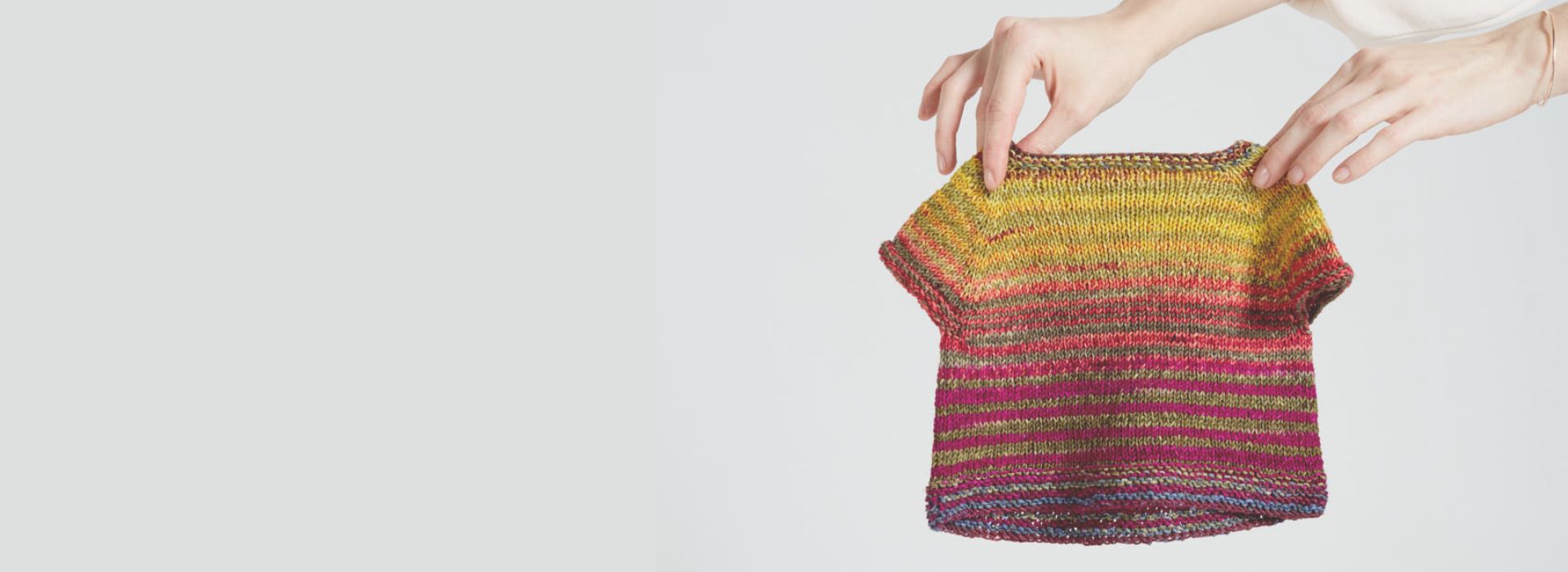We're excited to announce that Urth Yarns have joined the Morris and Sons family! Renowned for their natural hand-dyed yarns, Urth Yarns brings a pop of colour and creativity to every project. Their self-striping sock kits are no exception, providing vibrant, fun colourways that delight both big and little feet.

Uneek Mini Sock Kits, perfect for gifting. One box makes one pair of self striping socks.
Why We Love Urth Yarns...
Now you can knit and save the planet!
Urth Yarns is committed to sustainability. Their yarns are ethically sourced and dyed with environmentally friendly processes. The best part about Urth is for every ball of yarn sold, Urth Yarns plants a tree.
Every ball of yarn is dyed by hand to produce unique, self-striping patterns that transform into a masterpiece. Available in fun, vibrant colourways, Urth Yarns is the perfect sock yarn to match with the whole family. Their versatility makes them ideal for creating cozy socks for both adults and children. Whether you're knitting for yourself or creating a special gift, these yarns make every project stand out.
Made from 100% merino wool with a superwash finish, these yarns are incredibly soft and durable. Merino wool is known for its luxurious feel and excellent warmth, making it a top choice for high-quality knits. Every knitters will find these yarns a joy to work with! The smooth texture and consistent thickness ensure that your stitches come out even and beautiful every time.
Don't miss out on the chance to experience these beautiful yarns for yourself. Visit Morris and Sons or shop online to explore our latest collection of Urth Yarns and find the perfect kit for your next project.

Self striping fun for the whole family! Urth Kits for big and small feet.


